Portobello
Responsive portal designed for Portobello, a leading company in the flooring and coatings industry.
Portobello
Responsive portal designed for Portobello, a leading company in the flooring and coatings industry.
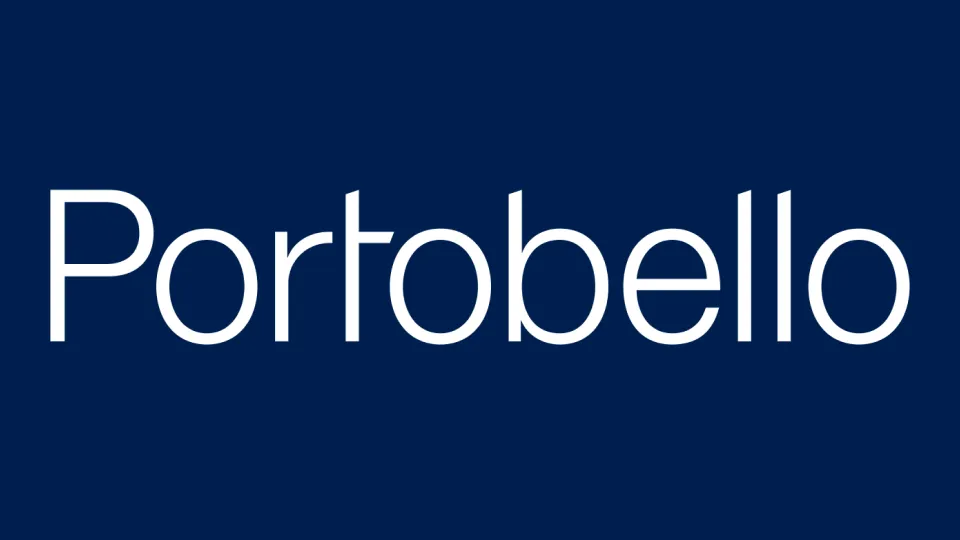
Client
Portobello
Leading company in the flooring and coatings industry.
Year:
2019
Objective:
My challenge was to renew and strengthen Portobello’s digital presence, a leader in the flooring and coatings segment, as part of its digital transformation process.
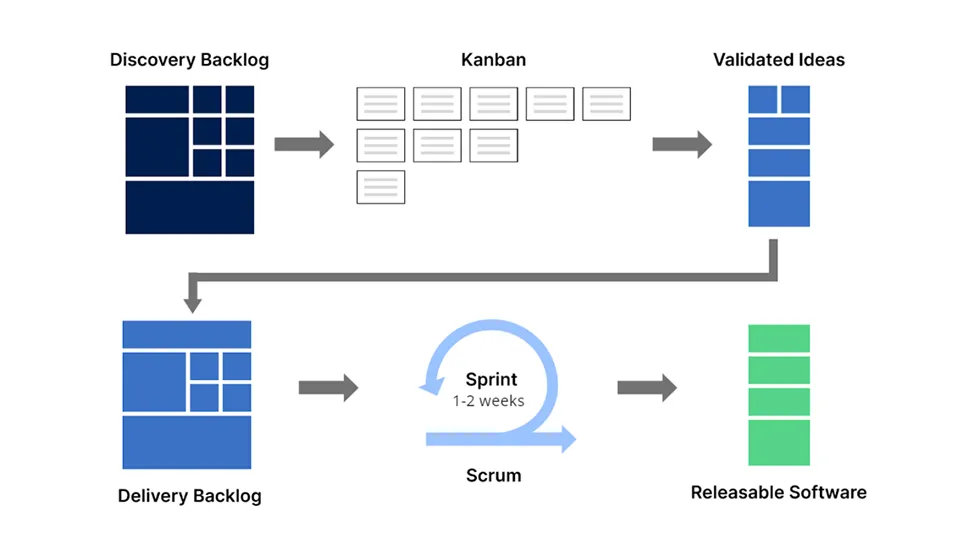
Work process
I began with the discovery phase, using Design Thinking as a framework to deeply understand the business challenges and user needs. I conducted interviews and analyzed the purchase journey, involving various stakeholders to map touchpoints and identify opportunities to improve the digital experience.
Based on these insights, the main objective became the creation of two new websites focused on facilitating navigation and product purchase in the digital environment. With this vision, the process moved to ideation and prototyping, always following a Mobile First approach to ensure a consistent experience between physical and digital.
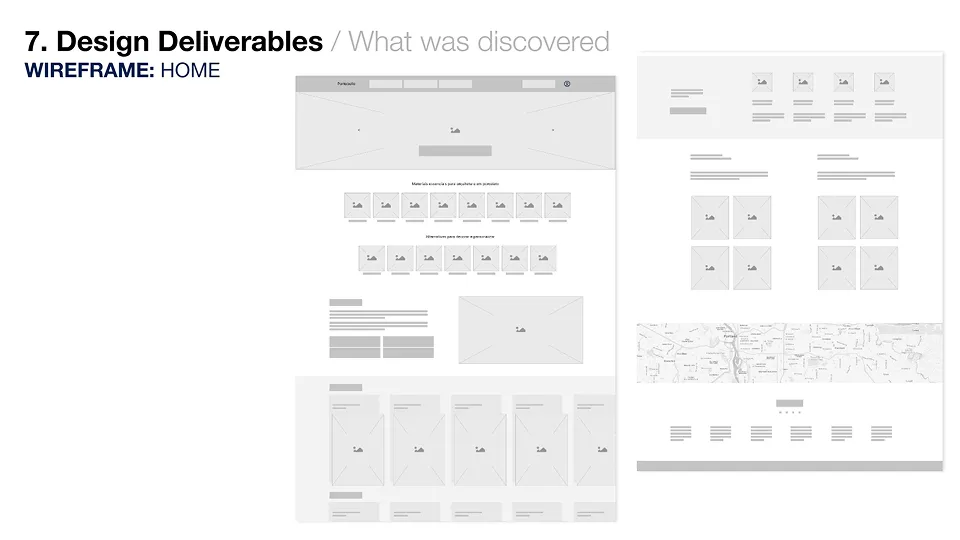
Tools used
- Adobe Photoshop
- Adobe Illustrator
- Adobe XD
- Figma
- Miro
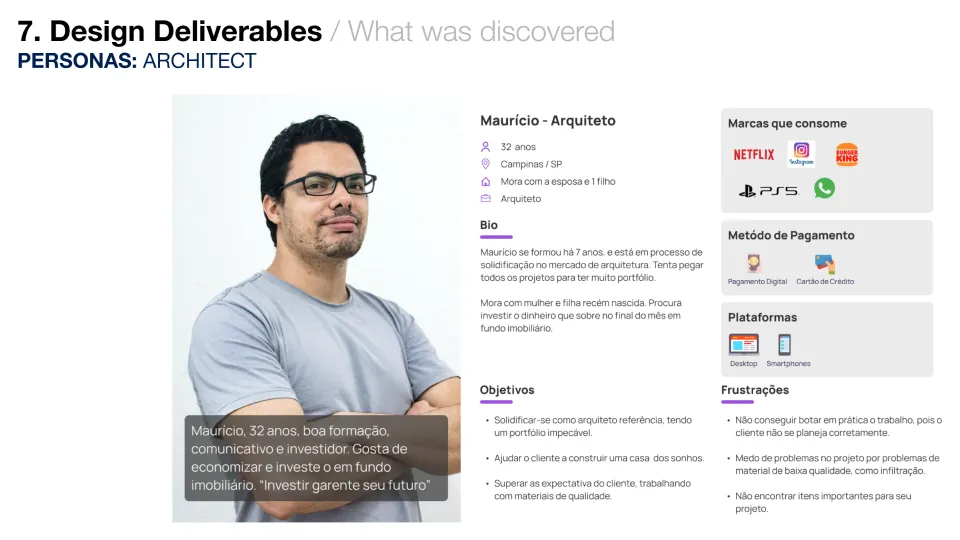
Deliverables
I defined Personas and developed visual prototypes to ensure an efficient and user-centered digital experience.
Journey Mapping highlighted differences between the consumption habits of Brazilian and American users, while the benchmarking analysis provided strategic insights about the market.
I used wireframes in Adobe XD to address information architecture challenges and organize content and products intuitively. Then, high-fidelity visual prototypes were created for the Homepage and Product Listing Page.
Additionally, interactive dashboards for data visualization were delivered, including a sales panel in Tableau and a dark-mode service dashboard in Power BI, enabling more accurate data-driven decision-making.
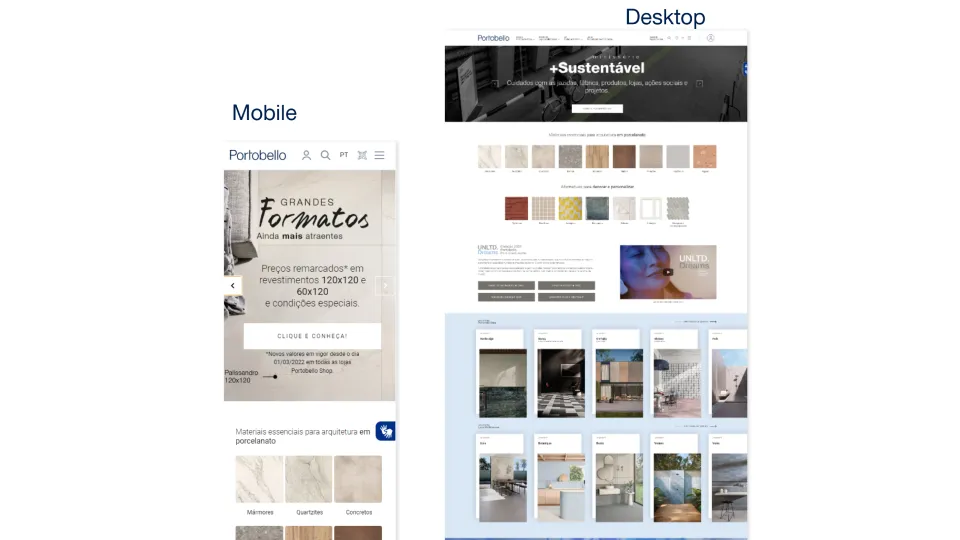
Results
With the redesign of Portobello’s websites, I successfully aligned the digital experience with the needs of different consumer profiles.
The new design provided greater clarity about the main users and buyers, better reflecting the distinct consumption habits between Brazilians and Americans. While in Brazil the focus was on products for specific environments, in the U.S. choices were guided by colors and sensations, which directly influenced how products were displayed on each site.
Additionally, the immersive experience of physical stores was translated into the digital realm, creating a more engaging and intuitive journey. As a result, online sales tripled during the pandemic, demonstrating that the developed solution effectively met the increased demand.
The discovery and design process was conducted separately for Brazil and the United States, respecting cultural and consumption differences and ensuring a personalized digital experience for each market.
Project link